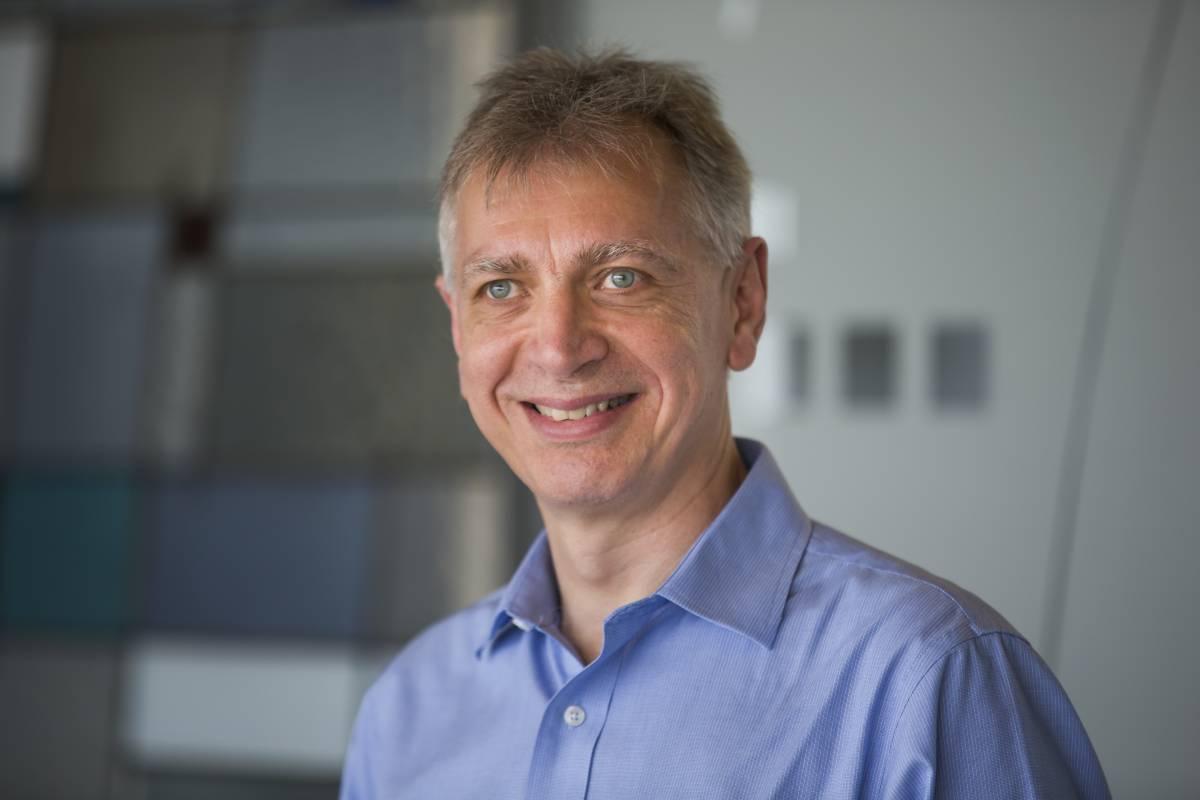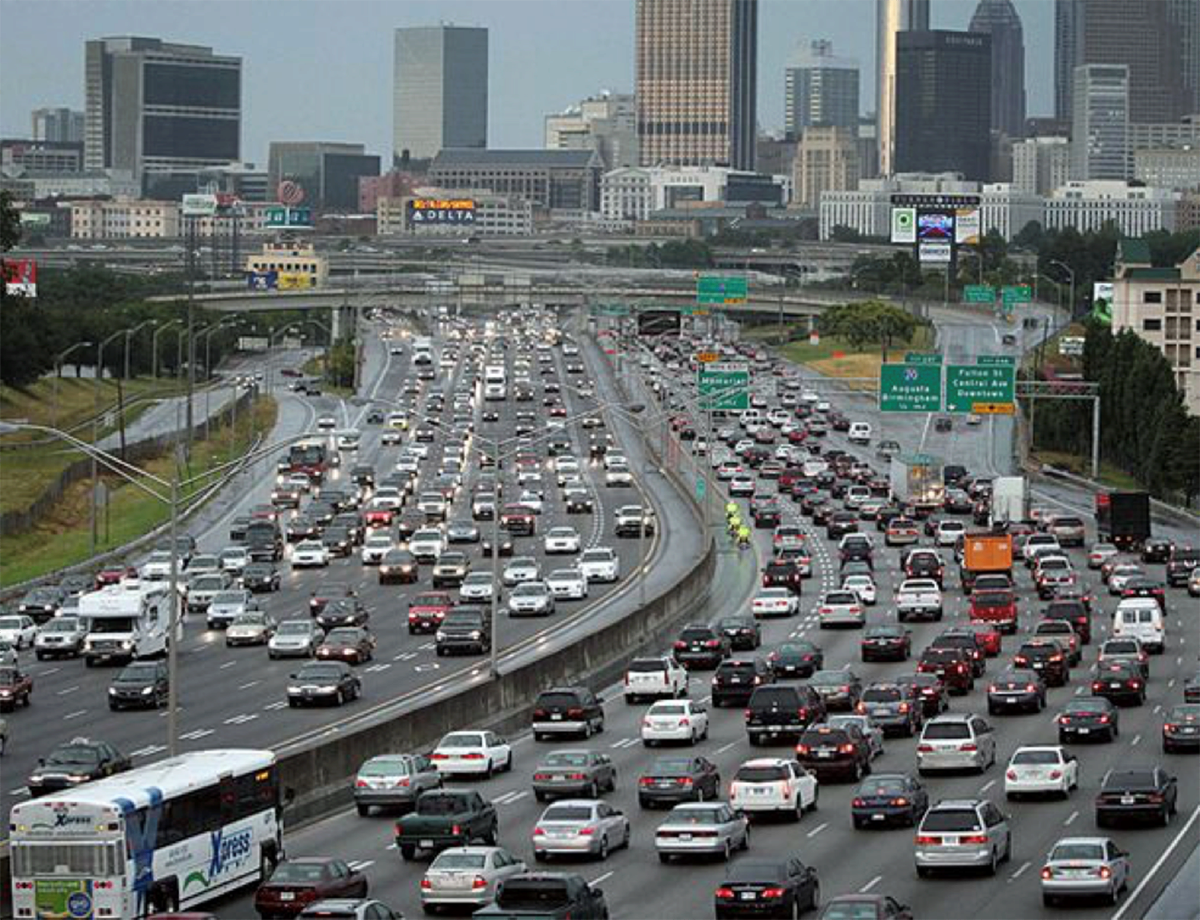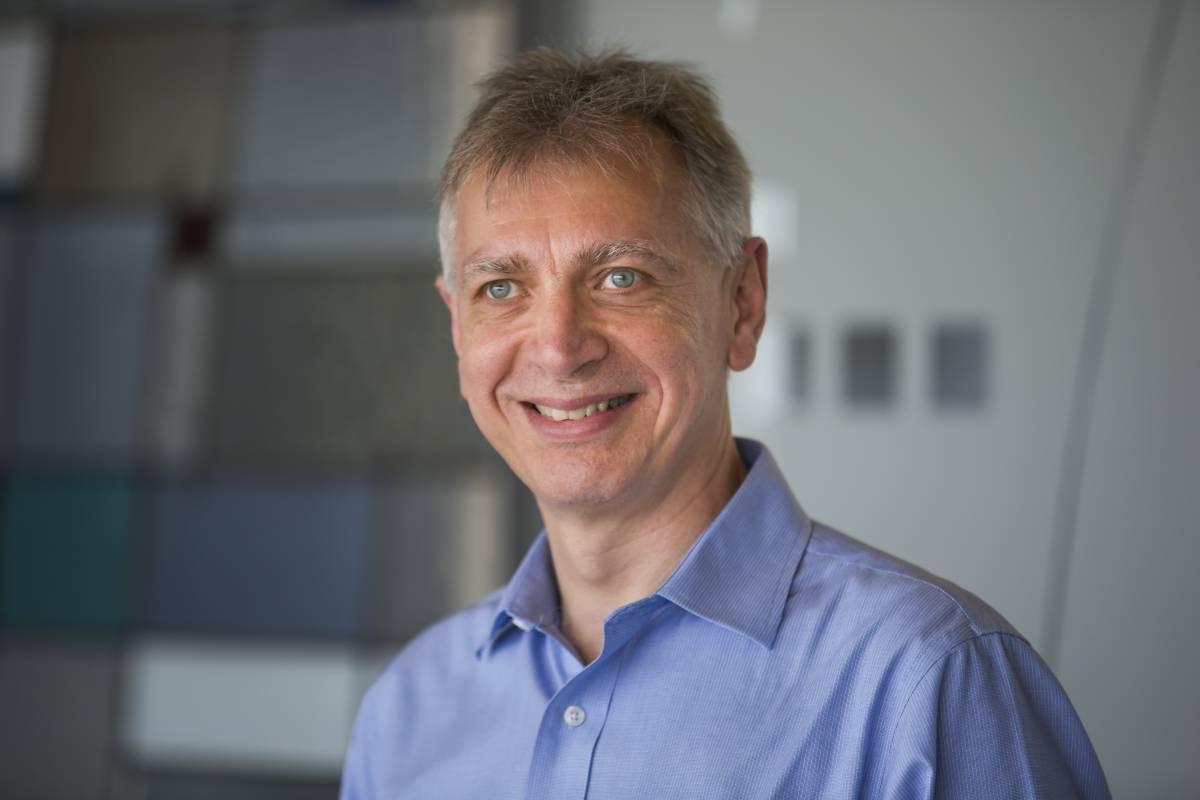How one engineer is solving transportation issues through powerful algorithms

In recent years, Atlanta’s transit agency has shored up its budget, expanded to new parts of the region, and garnered almost unprecedented support from Georgia’s policymakers.
Yet, ridership has been falling, and the system — known as MARTA, the Metropolitan Atlanta Rapid Transit Authority — hasn’t grown as quickly as the population it serves. After Amazon decided to build new headquarters operations in D.C. and New York City, some speculated Atlanta’s comparatively limited public transportation system might have been a factor.
Pascal Van Hentenryck, A. Russell Chandler III Chair and professor in the H. Milton Stewart School of Industrial and Systems Engineering (ISyE) at Georgia Tech, has a few ideas as to why MARTA has problems:
“The public system here is not as developed as in other cities,” said Van Hentenryck, a Belgium native. “It only has a few train lines, which were originally developed for other purposes. So, you’re really not connecting people to where they want to go. The necessary connections are just not there for low-ridership areas. But, thanks to new technologies and mobility models, MARTA has tremendous opportunities to change this.”
In the summer of 2018, Van Hentenryck left the University of Michigan to join ISyE and has already started working with MARTA and the Atlanta Regional Commission. His plan is to look at the transit system holistically and consider how it can scale. In addition to MARTA, that means bike lanes, walking paths, roads — all the ways people get where they’re going.
Van Hentenryck’s lab is working on optimization and machine learning algorithms that take into account congestion, driving behaviors and data collected from MARTA to create a simulation of mobility in Atlanta that can help local, regional and state policymakers.
And, Van Hentenryck is no stranger to reimagining a city’s transportation network. A few years ago, he studied mobility and congestion problems in Ann Arbor, Michigan. His team applied algorithms to enhance mobility, leading to ride-sharing, more efficient bus routes, reduced parking usage, and solutions to address the “last-mile problem” – the final leg of a trip to get to a destination that often proves especially vexing. He hopes he can duplicate and scale the success of Ann Arbor in Atlanta.
“Atlanta is one of the most congested cities in the world with the smallest share of public transportation,” Van Hentenryck said. “In order to scale what we did in Ann Arbor, the algorithms need to be adjusted to reflect a more diverse, city-centered population and their travel behaviors.”
Van Hentenryck specializes in systems engineering, but he is working closely with Tech civil engineers, urban planners and behaviorists (like Pat Mokhtarian in the School of Civil and Environmental Engineering) to address the full picture.
“You have to be multidisciplinary in your approach, and at Tech, we are really encouraged to do that,” Van Hentenryck said. “I’m working with faculty in control and automation, as well, as we take into account autonomous vehicles and how they will affect the transportation landscape. Autonomy will be a big technology enabler, which will create better accessibility.”


For Van Hentenryck and others, accessibility is extremely important, and a contributing factor to what drives their work.
“If you look at the predictors of jobs and quality healthcare, most of them are based on car ownership,” Van Hentenryck said. “This creates social mobility only for those who already have an economic advantage. In fact, having a car is a better social mobility indicator than crime or quality of schools.”
Van Hentenryck argues that if you improve mobility, you improve people’s access to good jobs, better food, and better healthcare. You eliminate food deserts — areas with no access to fresh produce, meat and dairy — and you give rural residents the same access to resources that city-dwellers enjoy, even if they don’t have a car.
Just as ride-sharing services have disrupted the taxi industry, Van Hentenryck hopes his algorithms can change the public transportation ecosystem to relieve congestion and create a better quality of life for people.
“Unfortunately, we’ve seen Uber and Lyft creating more inequalities in terms of accessibility and social mobility, plus they contribute to congestion,” Van Hentenryck said. “We are hoping to bridge that gap through public transit. The idea is to make it more dynamic using on-demand services and synchronizing high-capacity, high-occupancy vehicles.”
It’s not a quick fix: Van Hentenryck thinks he’ll be working on the same problems in five years that he is today. And he wants to address the issues in a socially responsible way.
“Right now, I’m focused on human mobility, but eventually we’ll look at freight and cargo too,” he said. “Integrating the two will be a big piece of the puzzle. But most importantly, we need to focus on building systems that are socially aware. And here at Tech, we have the resources to do that.”